Introduction
In today’s fast-paced digital world, education is going through a remarkable transformation, and at the heart of it all is technology. It’s not just an accessory anymore; it’s the driving force behind a revolution in education. This article takes a deep 6 dive into how technology is changing the face of education, unlocking a world of possibilities for both students and educators.
Embracing the Digital Learning Era
Embracing the Digital Learning Era brings online resources to the forefront of student success. As students engage with online resources and collaborative tools, their writing and critical thinking skills are naturally honed. Access to digital information allows them to enhance their research abilities and articulate ideas effectively, fostering academic growth in the digital age.
1. Online Courses: Opening Doors to Education
Online courses have broken down the barriers to education, allowing individuals to enroll in courses offered by prestigious institutions worldwide, regardless of their location. Students can access tutoring and online paper writing assistance to facilitate their education.
2. Tailored Learning Experiences
Adaptive learning technologies are like personal tutors. They analyze your strengths and weaknesses, creating a customized learning path. No more one-size-fits-all education; it’s all about meeting your unique needs.
Learning Made Fun and Interactive
Technology has made learning an interactive and engaging experience.
3. Virtual Reality (VR) and Augmented Reality (AR)
Imagine learning about history by stepping into ancient civilizations through VR. These technologies transport you to virtual worlds, making learning an unforgettable adventure.
4. Learning Through Play: Gamification
Who said learning can’t be fun? Gamified learning platforms turn education into a game. It’s like levelling up in a video game while gaining knowledge.
Learning Beyond the Classroom
The four walls of a classroom no longer confine education; it’s everywhere.
5. MOOCs: The Knowledge Buffet
Massive Open Online Courses (MOOCs) offer a buffet of courses from top universities, and guess what? It’s often free! You can feast on knowledge whenever you please.
6. Knowledge on the Go: Podcasts and Webinars
Experts from around the world share their wisdom through podcasts and webinars. It’s like having a never-ending library in your pocket.
Empowering Educators
Teachers are also reaping the benefits of technology in education.
7. Real-Time Insights with Data
Imagine having a dashboard that shows you how well your students are doing in real time. Technology provides that, helping teachers adjust their teaching methods on the fly.
8. AI-Powered Teaching Assistants
AI isn’t here to replace teachers but to assist them. It takes care of the administrative tasks so teachers can focus on what they do best—teaching and inspiring.
Bridging the Digital Divide
While technology holds immense promise in revolutionizing education, we must recognize that only some have equal access to it. Let’s discuss how we’re working to bridge this gap.
Ensuring Everyone’s Included
Governments, schools, and organizations are working hand in hand to bridge the digital divide. They ensure everyone can access devices and the internet so no one is left behind.
Conclusion
The fusion of technology and education is reshaping how we learn and teach. The endless possibilities empower students, educators, and lifelong learners to unlock their full potential.
Frequently Asked Questions (FAQs)
1. How does online learning benefit students?
Online learning offers flexibility, allowing students to access educational materials at their own pace and from anywhere in the world. It’s like having a school that never closes its doors.
2. What is gamified learning?
Gamified learning adds a sprinkle of fun to education. It incorporates game elements into the learning process to make it enjoyable and engaging, like turning education into an exciting adventure.
3. How can technology assist teachers in the classroom?
Technology gives teachers superpowers. It provides real-time data on how students are doing and helps with tasks like grading so teachers can focus on what they love—teaching.
4. What is the digital divide in education?
The digital divide is like an invisible wall that separates those with access to technology and the internet from those without. It’s a problem we’re working hard to tear down.
5. How are governments addressing the digital divide?
Governments are like superheroes in this story. They’re taking action by providing devices and internet access to those who need it most, ensuring everyone can benefit from the digital age.


